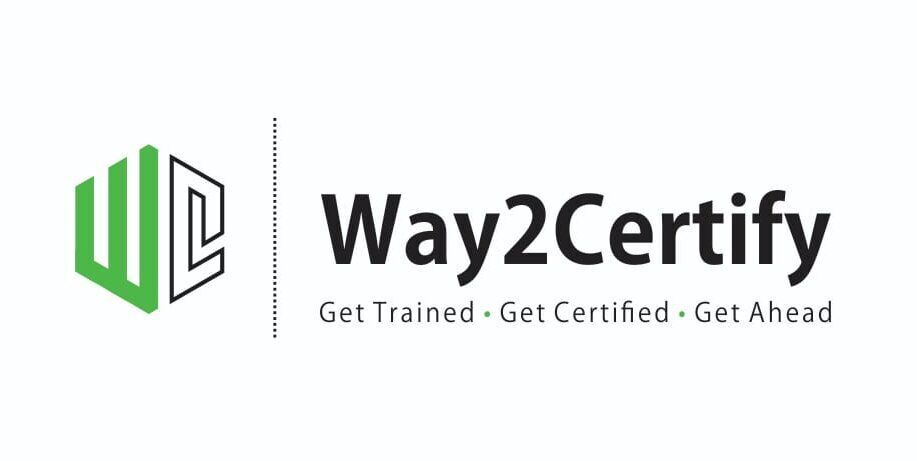AWS Certified Solutions Architect– Professional – SAP-01 (Total Hours – 40)
The AWS Certified Solutions Architect – Professional exam is intended for individuals who perform a solutions architect role with two or more years of hands-on experience managing and operating systems on AWS.
Abilities Validated by the Certification
- Design and deploy dynamically scalable, highly available, fault-tolerant, and reliable applications on AWS
- Select appropriate AWS services to design and deploy an application based on given requirements
- Migrate complex, multi-tier applications on AWS
- Design and deploy enterprise-wide scalable operations on AWS
- Implement cost-control strategies
Recommended Knowledge and Experience
- Two or more years of hands-on experience designing and deploying cloud architecture on AWS
- Ability to evaluate cloud application requirements and make architectural recommendations for implementation, deployment, and provisioning applications on AWS
- Familiarity with AWS CLI, AWS APIs, AWS CloudFormation templates, the AWS Billing Console, and the AWS Management Console
- Explain and apply the five pillars of the AWS Well-Architected Framework
- Design a hybrid architecture using key AWS technologies (e.g., VPN, AWS Direct Connect)
- Ability to provide best practice guidance on the architectural design across multiple applications and projects of the enterprise
- Familiarity with a scripting language
- Familiarity with Windows and Linux environments
- Map business objectives to application/architecture requirements
- Architect a continuous integration and deployment process
Topics to be covered:
Domain 1: Design for Organizational Complexity
1.1 Determine cross-account authentication and access strategy for complex organizations (for example, an organization with varying compliance requirements, multiple business units, and varying scalability requirements)
1.2 Determine how to design networks for complex organizations (for example, an organization with varying compliance requirements, multiple business units, and varying scalability requirements)
1.3 Determine how to design a multi-account AWS environment for complex organizations (for example, an organization with varying compliance requirements, multiple business units, and varying scalability requirements)
Domain 2: Design for New Solutions
2.1 Determine security requirements and controls when designing and implementing a solution
2.2 Determine a solution design and implementation strategy to meet reliability requirements
2.3 Determine a solution design to ensure business continuity
2.4 Determine a solution design to meet performance objectives
2.5 Determine a deployment strategy to meet business requirements when designing and implementing a solution
Domain 3: Migration Planning
3.1 Select existing workloads and processes for potential migration to the cloud
3.2 Select migration tools and/or services for new and migrated solutions based on detailed AWS knowledge
3.3 Determine a new cloud architecture for an existing solution
3.4 Determine a strategy for migrating existing on-premises workloads to the cloud Version
Domain 4: Cost Control
4.1 Select a cost-effective pricing model for a solution
4.2 Determine which controls to design and implement that will ensure cost optimization 4.3 Identify opportunities to reduce cost in an existing solution
Domain 5: Continuous Improvement for Existing Solutions
5.1 Troubleshoot solution architectures
5.2 Determine a strategy to improve an existing solution for operational excellence
5.3 Determine a strategy to improve the reliability of an existing solution
5.4 Determine a strategy to improve the performance of an existing solution
5.5 Determine a strategy to improve the security of an existing solution
5.6 Determine how to improve the deployment of an existing solution
